Industrial touchscreens are display devices specifically designed for industrial environments. They are capable of adapting to harsh environmental conditions such as dust, humidity, vibration, extreme temperatures, and liquid exposure. These screens are typically manufactured from industrial-grade materials, featuring high durability and reliability, and are suitable for multiple industries including factories, manufacturing, healthcare, transportation, and energy. They support various interaction methods such as gloved operation, multi-touch, and pressure sensing, while also possessing characteristics like scratch resistance, anti-glare, and high resolution to enhance user experience and operational efficiency.
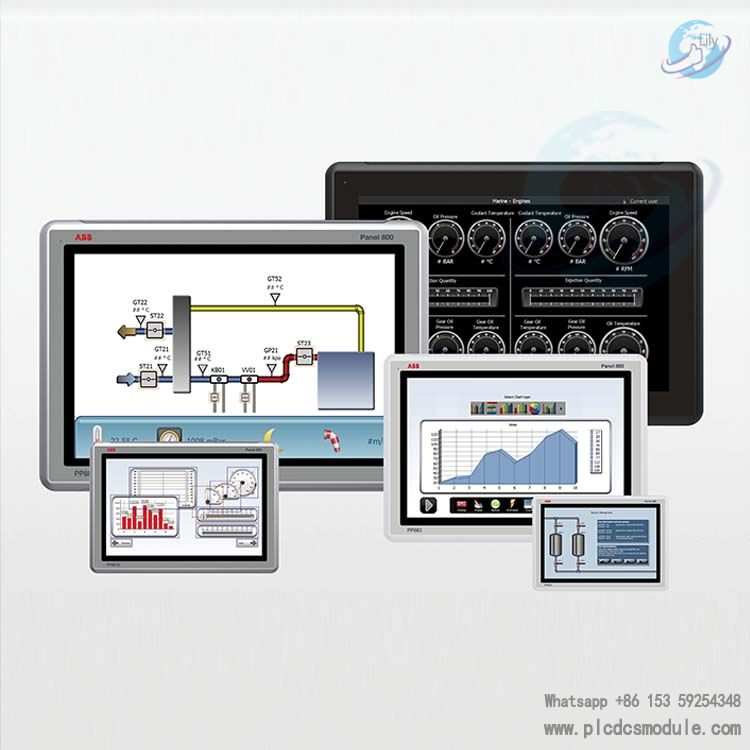
In terms of technical types and functions
industrial touchscreens can be classified into resistive type, capacitive type (including projected capacitive type), and glass-film-glass (GFG) type according to different technical categories. Among them, capacitive touchscreens are widely used in industrial automation and human-machine interface (HMI) applications due to their high sensitivity and anti-interference capabilities. For example, projected capacitive touchscreens can operate normally with gloves on and are less susceptible to environmental factors such as dust and moisture.
Application Scenarios
Industrial touchscreens are widely used in the following fields:
Industrial Automation: Used for monitoring and controlling industrial processes, such as production line management, equipment monitoring, and data collection.
Human-Machine Interaction (HMI): Provides intuitive operation interfaces to reduce operational errors and improve work efficiency.
Transportation: Applied in traffic signal control and vehicle management systems.
Retail and Public Facilities: Used in self-service terminals, digital signage, and similar applications.
Education and Training: Utilized for simulated operations and skill training to enhance learning efficiency.
Advantages and Challenges
The advantages of industrial touchscreens include:
Durability: Capable of withstanding long-term high-intensity use and harsh environmental conditions.
Ease of Use: Intuitive user interfaces and simple operations reduce training costs.
Efficiency: Improve production efficiency and accuracy by minimizing human errors.
However, industrial touchscreens also face challenges in design and use:
Environmental Interference: Factors such as electromagnetic interference, dust, and water droplets may affect the normal operation of the screen.
Maintenance Costs: Require regular maintenance and cleaning to ensure long-term stable operation.
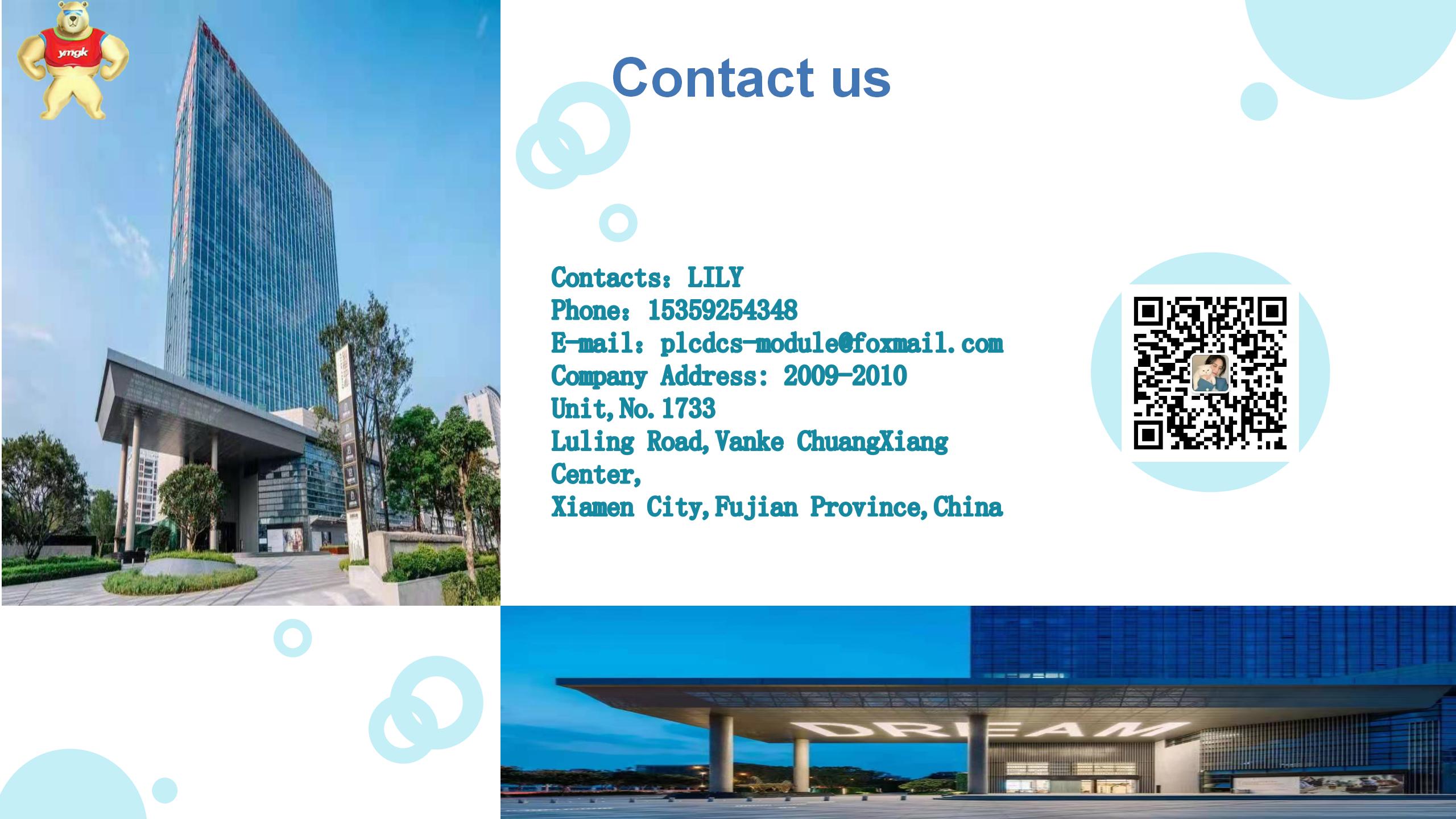






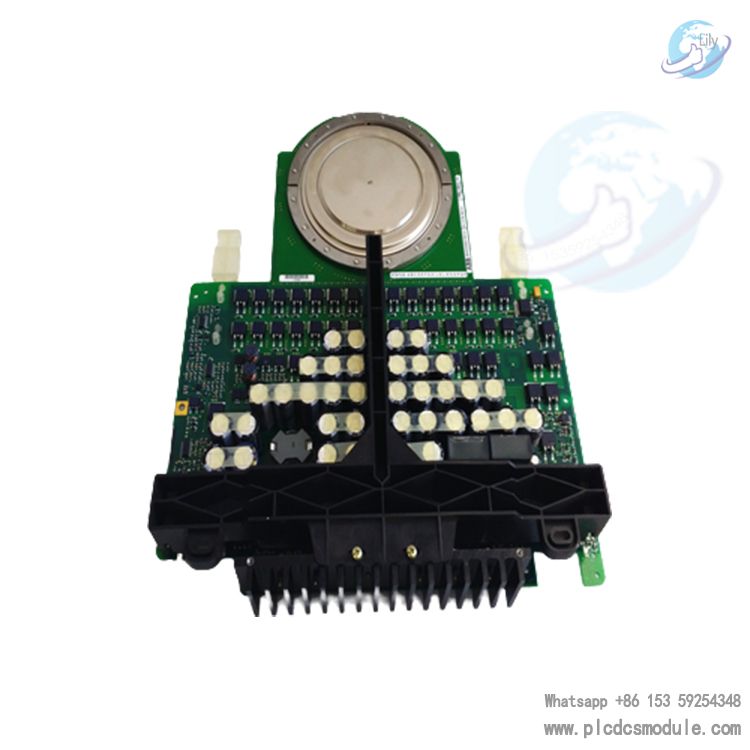
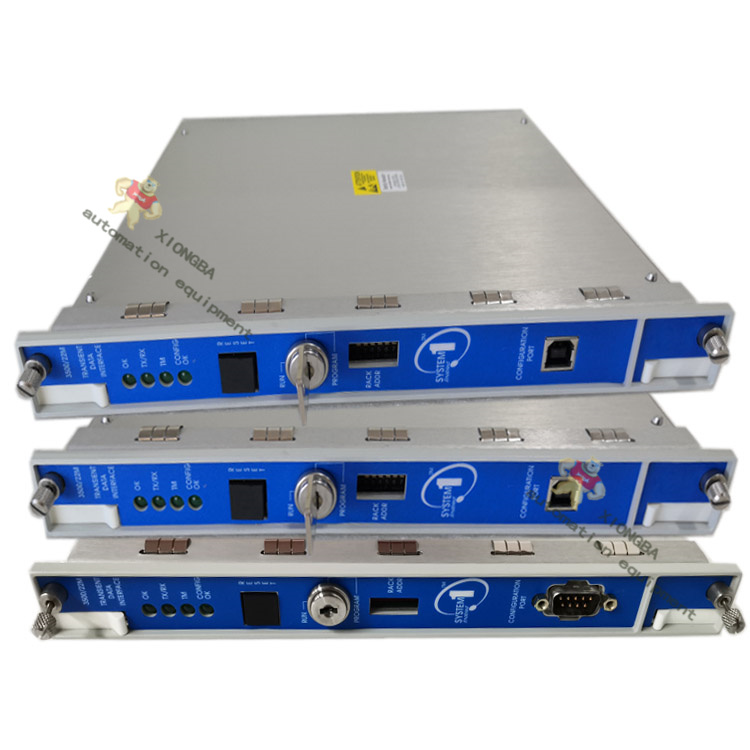
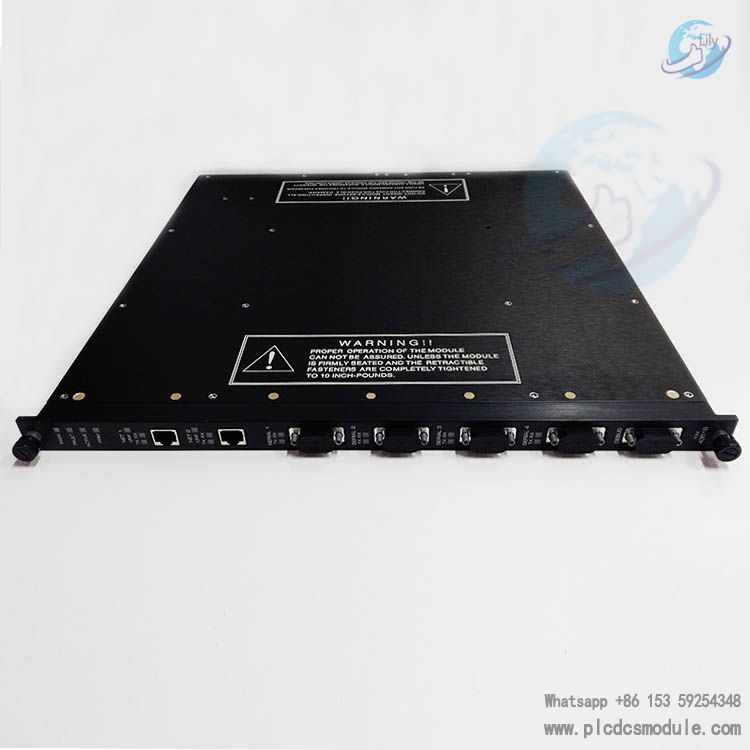
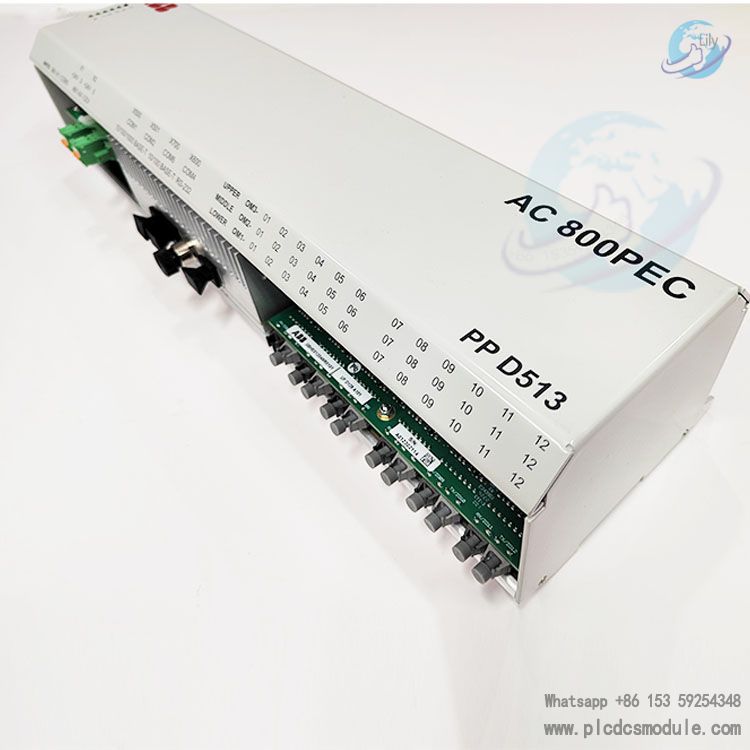
 3005319639
3005319639